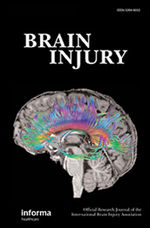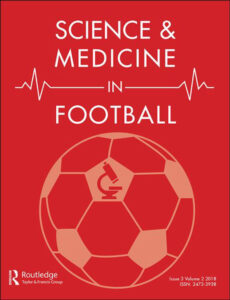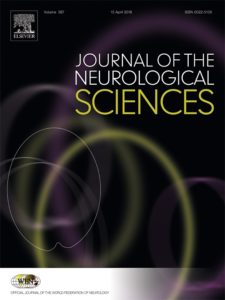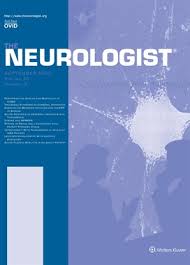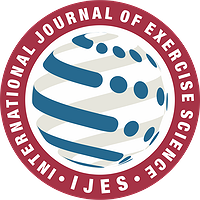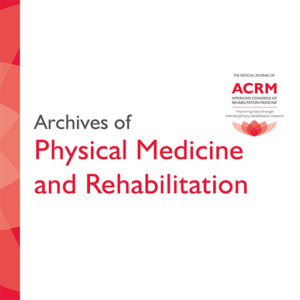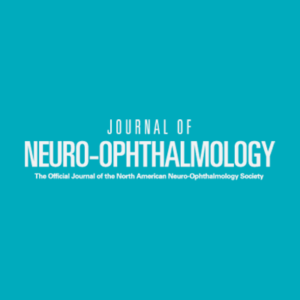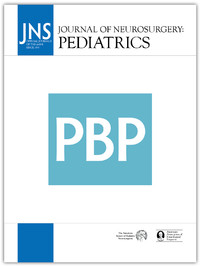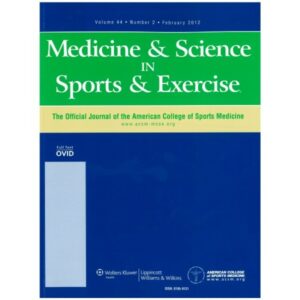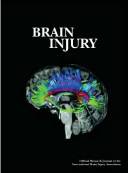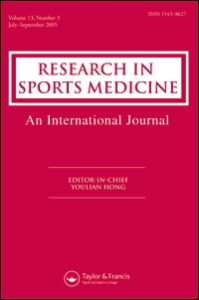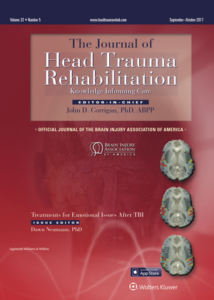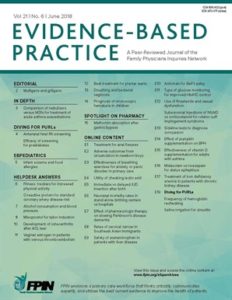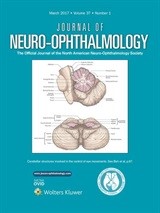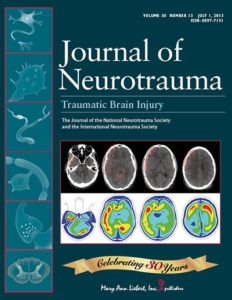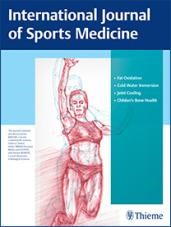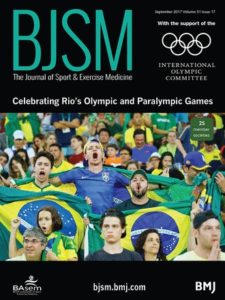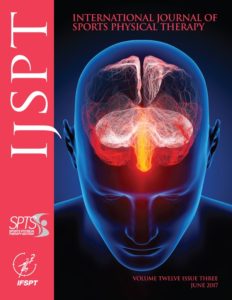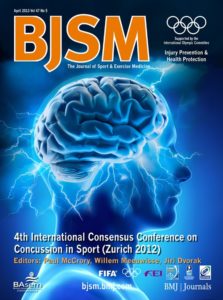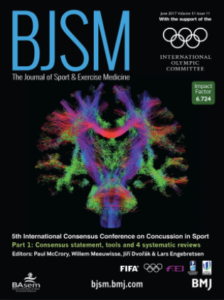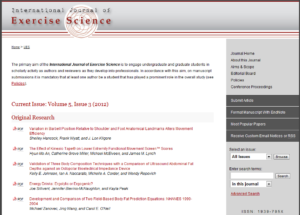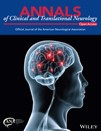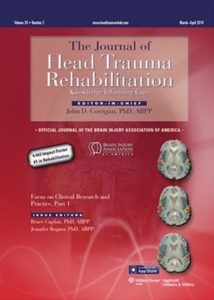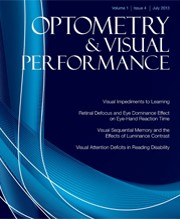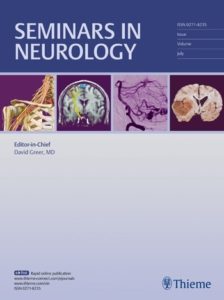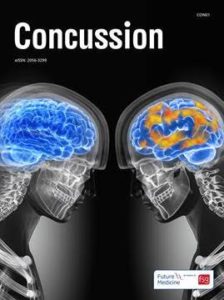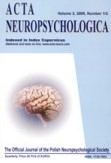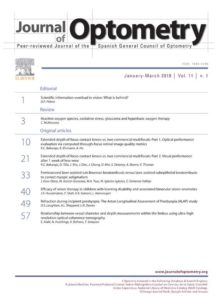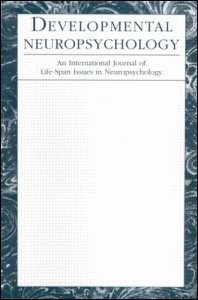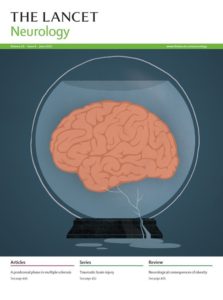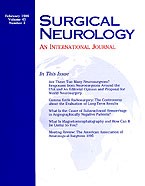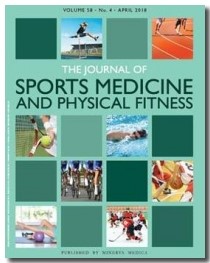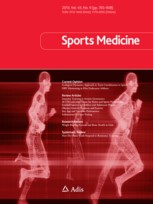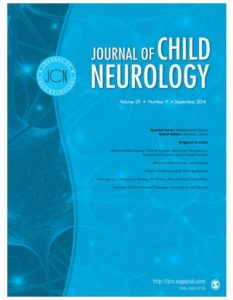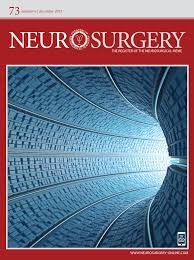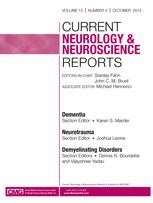Introduction
Concussion remains a clinical diagnosis based on subjective and non-specific symptoms with additional supporting assessments, such as neurocognitive testing and, more recently, physical examination findings. However, there are no sensitive or specific biomarkers for establishing the diagnosis of concussion. Recent FDA-approval of a blood biomarker that correlates with blood on head computed tomography (CT) in the setting of head injury is a step forward, but since most concussions are not associated with positive head CT scans with blood, there remains a critical gap in the objective diagnosis of concussion. Neuroimaging, particularly fMRI, has been considered as a potential diagnostic modality for concussion, but results have been conflicting, as specific findings associated with injury appear to depend on the severity of injury, timing post-injury and potentially the age of the individual. Functional near infrared spectroscopy (fNIRS) is a potential diagnostic modality due to its portability and ease of use in natural environments, which enable the assessment of cognitive workload as a function of cerebral oxygenation change while performing tasks in the clinical setting (Ayaz et al 2013). We hypothesize that fNIRS is able to distinguish concussed subjects from healthy controls utilizing a standardized assessment, the King-Devick test (Galetta et al 2011), a rapid number-naming reading task.
Participants
We conducted a prospective cohort comparison of 114 subjects with concussion, median age 15, IQR (14,16), 54% female and 112 healthy controls, median age 15 IQR (14,16), 48% female recruited from a subspecialty referral concussion program and regional secondary schools.
Study Design
All subjects performed the King-Devick (KD) test while wearing an fNIRS device consisting of a headband which records anterior prefrontal cortex oxygenation changes with 4 optodes at a 4Hz sampling rate. The main outcome measures were KD completion times, accuracy, symptom provocation and cortical oxygenation changes during KD testing.
Data Analysis
For each participant, the raw light intensity data from each optode of fNIRS were low-pass filtered to attenuate high frequency noise and physiological artifacts such as respiration and cardiac cycle effects. Motion artifacts were removed via a sliding-window motion artifact rejection algorithm (Ayaz et al 2010). For each task block, the raw light intensity data was extracted using time synchronization markers. The relative changes in oxy-and deoxy-hemoglobin concentrations over each task period for each optode were calculated via the Modified Beer Lambert Law using local baselines for each period. The average oxy-hemoglobin concentration changes for each task period were used for statistical analysis of group effect. A separate linear mixed effects model with restricted maximum likelihood was used to estimate the effects on both cerebral hemodynamics and behavioral performance.
Results
KD times analysis yielded no significant main effect or interaction for group type and card. At the group level, KD times did not distinguish between those with concussion and healthy controls (F1,83.6=3.78, p=0.055). Sub-test scores (i.e., times for individual cards) were more discriminative.
Oxygenation changes as detected by fNIRS indicated significant interaction of group type and block (F2,2434.2=5.38, p<0.0005), indicating clear discrimination between concussed subjects and healthy controls, throughout execution of the cards during the KD test. The pattern of oxygenation changes in healthy controls over the course of the complete KD test (i.e., reading card 1 through card 3) reflected a pattern of cortical activation with initiation of the task (reading card 1) followed by adaptation, or reduced oxygenation change, with reading Cards 2 and 3 when healthy. In contrast, in concussed subjects, exhibited a different pattern than healthy controls, demonstrating less oxygenation change with initiation of the KD task (i.e., reading card 1) followed by greater oxygenation change when reading each subsequent card.
Discussion
The KD times did not differentiate concussed subjects from healthy controls at the group level, which is consistent with previous research that led for the recommendation to use individual pre-injury test results for individual comparison rather than post-injury test results in isolation. However, further investigation of sub-scores for the KD test appears to indicate that the last, most difficult third card, may be useful in discriminating those with concussion from healthy controls, indicating that the ceiling effect for KD may be overcome by using the most difficult card.
Beyond the clinical data, fNIRS data adds additional important information that differentiates concussed subjects from controls. Healthy controls demonstrated a pattern of oxygenation change and cortical activation with the initiation of the KD task with reading card 1, and then a subsequent pattern of adaptation seen with learning effect associated with a decline in oxygenation change while reading cards 2 and 3. This pattern has been described by others and is consistent with a learning effect with each card.
In contrast, concussed subjects demonstrated less oxygenation change with initiation of the KD task corresponding to less cortical activation compared to healthy controls. Further the subsequent pattern of oxygenation change indicates increasing cortical activation rather than adaptation for each subsequent, more difficult card in the KD test. This pattern is a reversal of the adaptation pattern observed in healthy controls reflects cognitive workload changes after concussion in the injured state compared to the healthy state. The concussed group also demonstrated greater variability in oxygenation change in the concussed group compared with the healthy controls is also consistent with previous research using fNIRS to measure diminished cognitive reserve: subjects approaching their limits of cognitive reserve have increased variability in oxygenation change with task performance. This is consistent with the clinical picture that is observed in concussion.
fNIRS not only provides additional, clinically relevant information in diagnosing concussion, but also reveals underlying pathophysiology of the injured state after concussion; namely that, cognitive workload patterns change in the direction of greater workload among those who are injured compared to those who are healthy and uninjured. fNIRS demonstrates tremendous potential to improve concussion diagnosis and advance our understanding of the real-life implications of concussion injury.
Summary Points
- This study supports the use of pre-injury, baseline K-D test for individual comparison to post-injury K-D test, rather than post-injury test results in isolation.
- Results demonstrated that K-D test’s most difficult third card, may be useful in discriminating those with concussion from healthy controls, indicating that the ceiling effect for KD may be overcome by using the most difficult card.
- There were differences observed in oxygenation patterns between the healthy group vs the concussed group while performing the K-D test.




